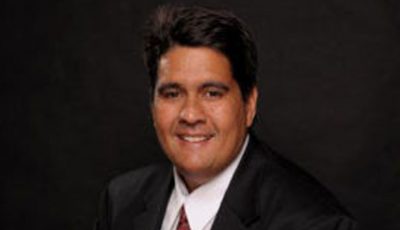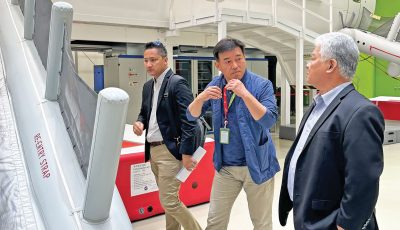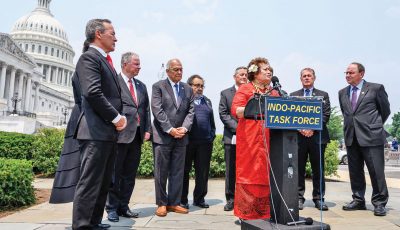Modi
Narendra Damodardas Modi is his full name but he is called by his last name, like most in India. He is the new Prime Minister of India after leading the Bharatiya Janata Party, or BJP, into a decisive victory in the last election. We knew of Janata as the nationalistic party averse to vestiges of foreign imperialism (not difficult to understand since India keeps referring to Sonia Gandhi as an Indian politician rather than the Italian Signora Edvige Antonia Albina Maino that Indira’s son Rajiv Gandhi married). The BJP has evolved to be broader in scope and more positively assertive to things Indian rather than just a party of anti-colonial powers.
PM Modi is from Gujarat, southwest of New Delhi and southeast of Pakistan’s Karachi, bordering into the Arabian Sea. Lothal would be familiar to those who read their 6th grade Social Studies book at SVES as part of the Indus Valley Civilization that traded with Egypt and Persia in olden times.
Controversial Modi was denied a U.S. visa in 2005. He is not one of Uncle Sam’s favored politicians. The Nehru-Gandhi dynasty still prevails (Sonia and Rajul’s resignation, President and Vice President, respectively, in the Congress Party was refused after winning only 44 seats in the 534-seat legislature), but the simple vegetarian Modi proved to be an astute politician, visiting Singapore, Japan, and China to establish closer ties with Gujarat, rather than the models of the Western world. (Google Modi’s history of leadership as Chief Minister of Gujarat, particularly on his environment and poverty elevation record.)
My interest is not in the politician Modi per se as to what he represents in the economic shifting of the world’s economy from the global stock market model to more bilateral and multilateral models that emerge when parties in consultation find mutual interests. The powerful axis of Tokyo-New York-London that lords the global economy from their Rolls Royce is finding competition in an emerging multilateral relation of parties who were outside the power circle until now. They are called BRICS but it is not because they operate together in their trade policies that make them a threat to the Western model. It is because they offer an alternative, a thinking-outside-the-box, as it were, to the current situation.
BRICS, for those who do not pay too close attention to Forbes and WSJ, are Brazil, Russia, India, China, and South Africa. Though a rejuvenated Portugal after Napoleon Bonaparte invaded Lisbon, Brazil has a widely mixed population with the African gene considerably miscegenated with the Amerindian indigene and the Euro immigrants. One only has to listen to the energy of the Afro-European music beat from Recife to Sao Paolo to know in one’s bones that doing the samba at the Mardi Gras is more than just a swivel of the hip. Ditto to South Africa, energized by the Boer but chastened on its apartheid history by Soweto. Neither are beholden to EU’s clutches.
Due to Crimea in the Ukraine, EU/USA cousins of the Russian descendants of Nicolas and Catherine west of the Urals have been chastised. Vladimir Putin is showing up at the Conference on Interaction and Confidence Building Measures in Asia this week in Shanghai. Kazakhstan’s President Nazarbayev suggested the formation of the forum and consultation body at a UN General Assembly in 1992, with the Secretariat in Almaty. Turkey held the last chairmanship (2012-14) and China hosts the office in the next two years (2014-16).
The Fourth Summit this week has Russia, India, and China comparing notes. (Ukraine and the U.S. hold observer status and we will be forgiven if we note that the NSA already has sufficient data not to be too worried about any surprises!) President Pranab Mukherjee of India represents the country so it is too soon to expect any Modi-fied influence on the group.
We note Putin’s presence because Russia’s current situation helped make a little known fact suddenly relevant. The border town of Suifenhe in Heilongjiang, northwest of Vladivostok, already allows the ruble as legal tender with the renminbi. To be sure, downtowns Harbin and Manzhouli are closer architecturally to Petrogard than Xi’an, and my visits to border towns like Shiwei, Mohe, and Heihe had Chinese-speaking Euro-Russians, and Russian-speaking Chinese, but Europe’s pushing away of Putin after Crimea opens the Russian Far East to collaborative endeavors between the erstwhile cool-heeled neighbors. We noticed that border towns do not hesitate to use foreign currencies (including the U$) in their retail transactions. A pipeline for gas and oil is also about to be completed from Russia to Manchuria.
Modi’s Gujarat uses Chinese design services for infrastructure. His pet vision of the new Gujarat International Finance Tec City looks like the skyline of Pudong and Beijing. If India, China, and Russia meet more than just to share tea and sympathy in Shanghai, and share the warmth with Brazil and South Africa, we definitely have a new world in our hands.



























